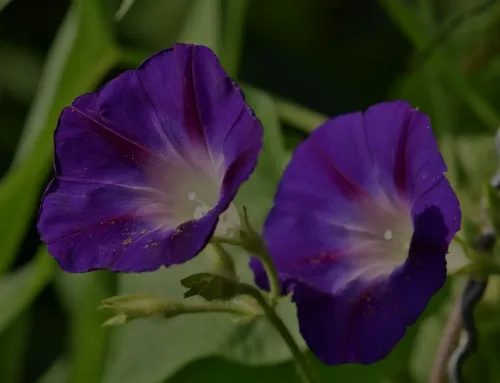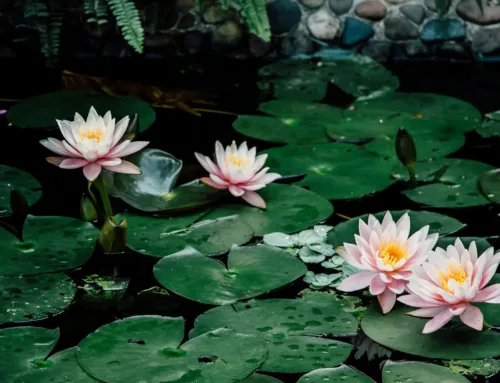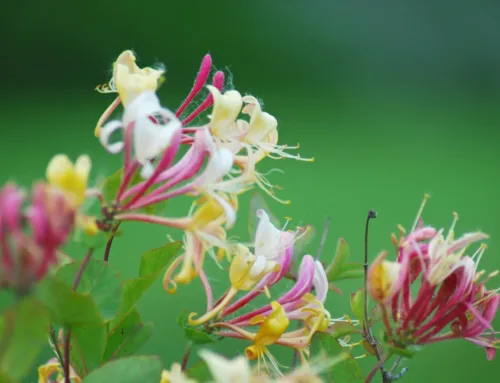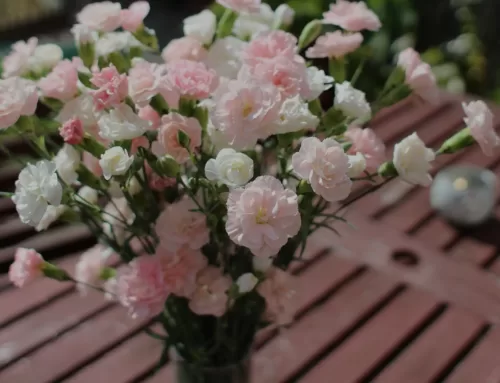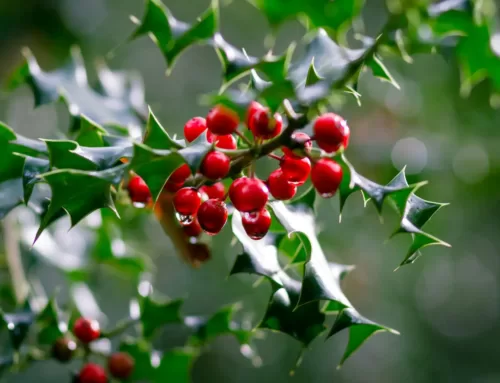Daisies are the April birth month flower and one of the most well-loved and recognized flowers in the world.
With their bright, cheerful petals and simple, delicate appearance, they can be found growing in fields, gardens, and meadows all over the globe. But there’s much more to these charming blooms than meets the eye!
In this article, we’ll take a closer look at daisies and discover ten fascinating facts about these lovely flowers.
- 1
Daisies are part of the aster family, which includes over 23,000 species of flowering plants.
- 2
The name “daisy” comes from the Old English phrase “day’s eye,” because the flowers open and close with the sun.
- 3
Daisies are a symbol of innocence and purity, and are often associated with childhood and youth.
- 4
There are over 30 species of daisies, including the common white-petaled daisy, the Shasta daisy, and the oxeye daisy.
- 5
Daisies have both male and female reproductive organs, making them hermaphroditic plants.
- 6
In ancient times, daisies were used in herbal medicine to treat a variety of ailments, including coughs, wounds, and digestive problems.
- 7
Daisies are popular in floral arrangements due to their timeless beauty and versatility.
- 8
Historically, daisies have been associated with various cultures and beliefs. For example, in Norse mythology, daisies were believed to represent the goddess Freya, while in Roman mythology they were associated with the goddess Venus.
- 9
Daisies are a favourite food of many insects, including bees, butterflies, and moths.
- 10
Daisies are often used in popular culture as a symbol of love and friendship, and are commonly given as gifts to represent these sentiments.
Daisies are much more than just pretty flowers.
They have a rich cultural and historical significance, as well as numerous practical applications in medicine and horticulture.
So next time you come across a field of daisies, take a moment to appreciate the intricate beauty and fascinating complexities of these beloved blooms.

